Uma Wang on Sustainable Fashion Cool Aesthetic

Uma Wang, whose Chinese name is Wang Zhi, trained at the Dong Hua University in Shanghai and Central Saint Martins in London. Since the creation of her namesake brand in 2009, she has gained an international reputation for her unique understanding of fabrics, exquisite tailoring, and balancing sophistication with timeless aesthetics. She is the first Chinese designer to enter the calendar of Milan Fashion Week and joined Paris Fashion Week in 2017. Currently, her brand is carried in more than 30 countries around the world, including China, Japan, Italy, France, and the United States. She entered the 2015 Forbes China Designers list in 2015 and was chosen by the BoF 500 for six consecutive years under the category, “The People Shaping the Global Fashion Industry.”
What does sustainability mean to you?
Sustainability to me is a way of living. It shouldn’t be just a mainstream word used to make more business. This is why, since the beginning of Uma Wang as a brand, I decided to work with a team, and especially a fabric supplier, that share my vision. Fashion is not a sustainable business, but we can make garments that can be worn more than once, and we can teach people how to respect them. This is why my collections are not really seasonable, because I love the idea that people can always wear them.
Why does sustainability matter to you?
I believe that we all have a kind of responsibility towards the beautiful Earth, and we all have the duty to protect it in order to ensure the next generations can enjoy it also. This is possible if you respect it and protect it.
Why do you think we are only giving more attention to sustainability now?
Because now it is already very late, and people finally realized that we have to make more noise regarding this subject – and that we must radically change our lifestyles before it is too late. This is difficult and a sort-of contradiction in the fashion world; it is why we should make less and wear more quality, being attentive to our choices as producer but also as customers.
How has your approach to sustainability has evolved in the past year?
Very little has changed in the past year since I was lucky enough to grow up in a family that taught me the importance of our planet, so my attitude was always very sensitive regarding this subject. I think now we need to be very careful in the use of this word – a lot of people are overusing it – that sometimes I wonder if what people say is really the truth, or if this is just a way to promote a product.
How do you remain engaged or environmentally aware in your personal life?
Personally, I always try to make my life simpler, when possible. I am also very lucky to have many influential influent friends who are involved in sustainability projects across different fields such as architecture, art, press, and I always support them in an active way with talks and projects. I think it is very important to talk to young generations, especially if you have the chance to catch their attention, and communicate them how important this subject is. It is like a long-term project that all of us should contribute to.
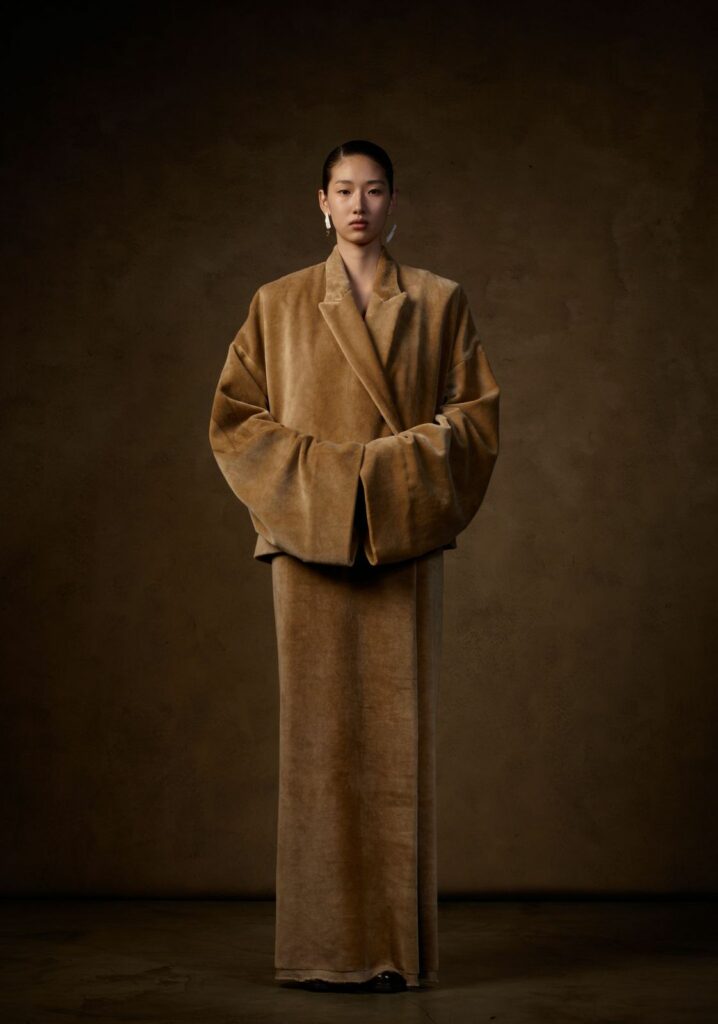
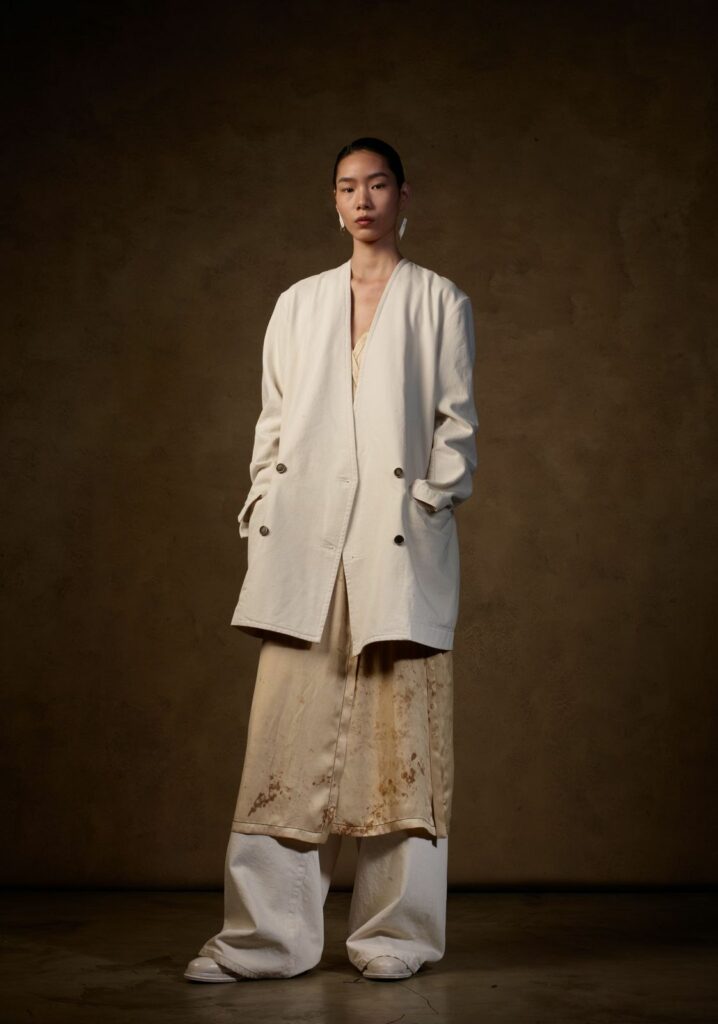

How can we produce more responsibly?
First of all, we need to be aware of what we are doing. Producing something means always creating something new, with all the consequences that this can have. So we can try to minimize our impact here. Nowadays, this is easier because the market and new technologies offer us a choice, and our knowledges and morality should guide us in choosing the best option.
How can we consume more responsibly?
I think this is something that we have to do in everyday life. All of our actions, even the simple ones, have an effect; and now that we are aware of this we are all responsible for this. This has been my attitude for a long time; small and concrete acts that can seem meaningless, but they have a huge impact if made by everyone. I try to avoid using plastic bags, I bring my thermos instead of buying bottled water, I check where the products are from before to buy: I think this is something all of us could do and should do.
How might sustainable materials and fabrics influence or direct future fashion design?
I think that brands should aim to use new technologies and business models to design products that can be recycled or transformed into new styles with minimal use of water, energy and chemicals. This means that the design should take care of this aspect more and more and slowly bring the consumer to have a different attitude and make more responsible choices.
Does ‘sustainable fashion’ have an aesthetic and is this changing?
Of course, ‘sustainable fashion’ has an aesthetic, but this doesn’t mean that it is something fixed in a scheme. Something can be sustainable and cool; and being both stylish and planet-friendly is an attitude that we all should start to have. Almost all the brands are considering what it means to go green, it is easier making a choice because the market offers you a lot of different solutions for different tastes.
In what ways have you seen the industry already improving?
In the fashion industry, sustainability has started to become a new trend and this is a good thing: all the big names of the industry (think Kering and Woolmark among others) are showing off what they are doing in practice to improve this sector, and all the rest are following in the wake of these changes.
In what ways could the industry be doing better?
I believe that the fashion industry is now working to reduce the environmental damage of its products. The important part now would be to also train the customers to have a new behavior, to go back to that fashion that meant innovation, beauty and quality – not just something to forget in the wardrobe shortly after buying it. Of course, fashion can be considered an irrational activity, moved especially by desire; but people need to know that this should not be a compulsive attitude.
Who are your sustainability role models?
The first name that comes to my mind is Shawey Yeh, the founder of Yehyehyeh Group. I have a great respect for this woman who concretely brought the concept to the beating heart of Chinese fashion. She began promoting the sustainability agenda first in China, later all over the Asian market, developing environmentally and socially responsible strategies for all the biggest names. Their projects and activities are really something to consider.
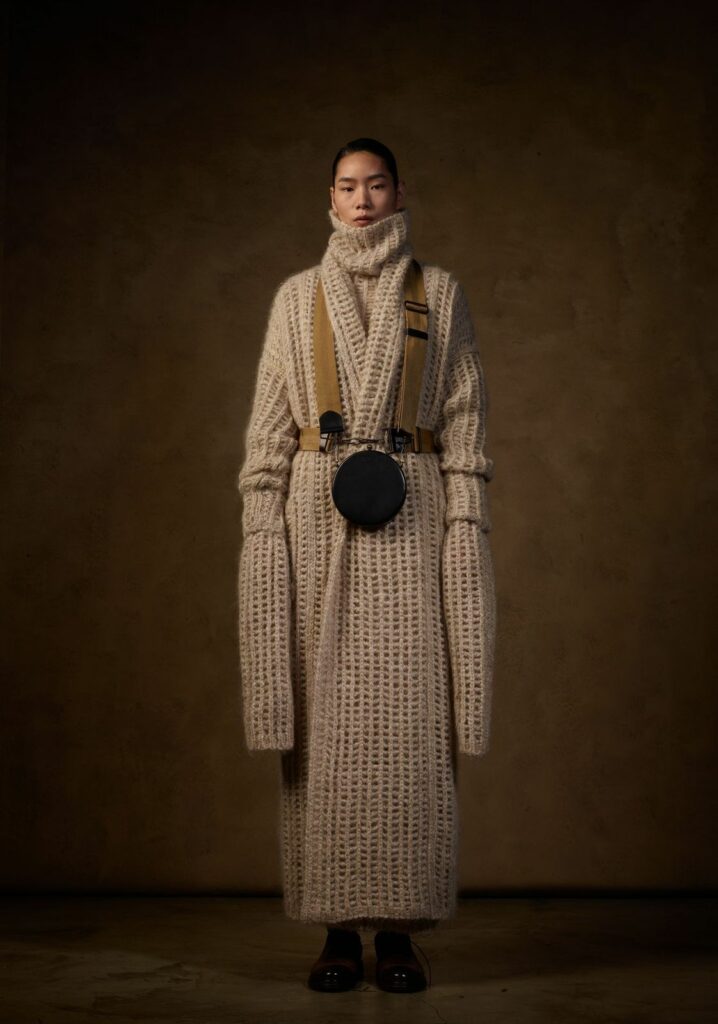
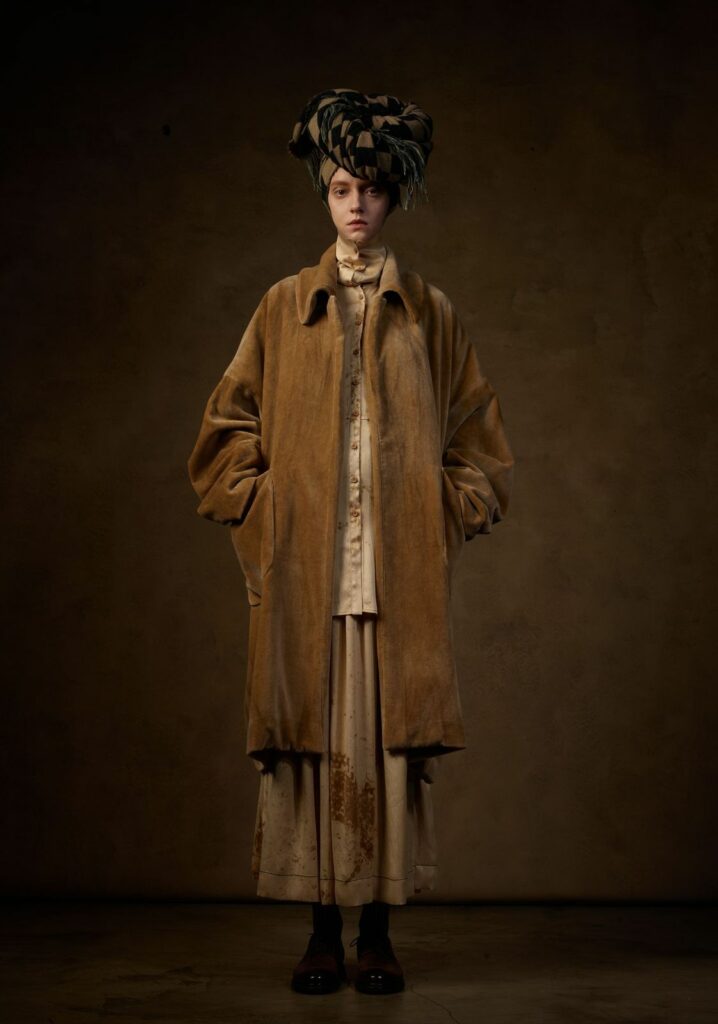
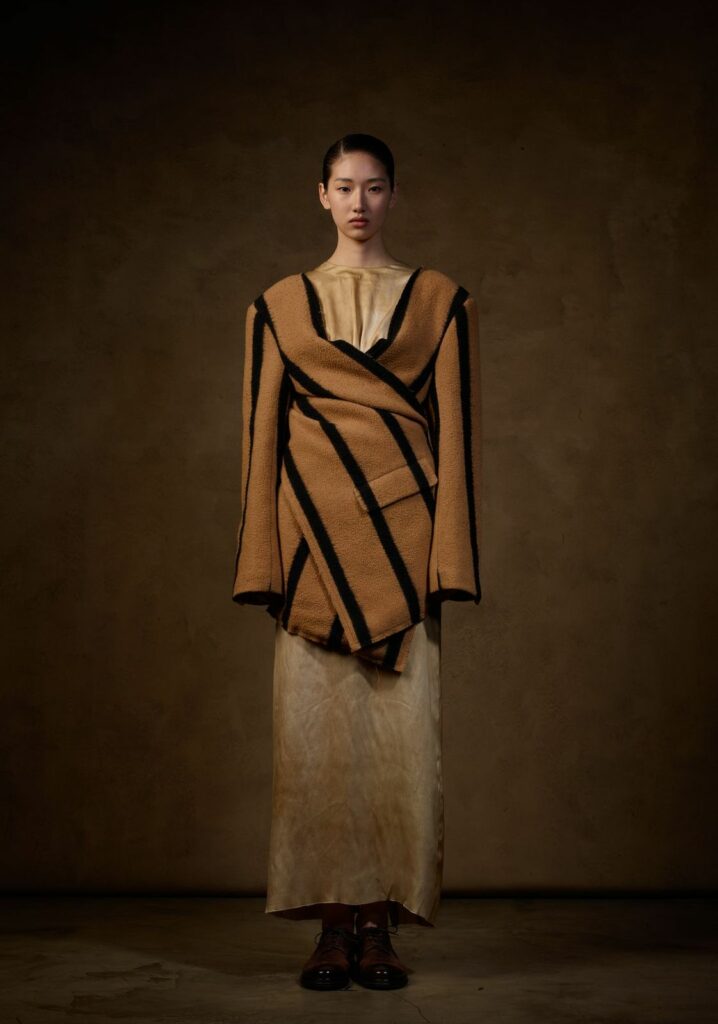
What is one change in practice that you are proud to share?
For many years, my company has been keeping the waste of our fabric cuts. Sometimes we use them in a new way; sometimes we destroy them to give them a new life. I am really proud of this zero-waste policy and I am proud of my team that supports this idea, and always pushes me to create something new from the old.
What is one change in practice that you would like to make?
I feel very responsible for my behavior and I want to use this chance to inform people regarding the importance and fragility of this subject at the moment. Fashion is not a very sustainable business, but I want to do my very best to minimize the impact that this can have on our world.
What is one change all of us could be doing right now?
Anything. Even a small act is important now. We have to change radically the behavior towards our ‘Mother Earth’. She was very generous to us until now, but everything comes with a price. Now, she is like a ‘gray old mama’ who needs protection and care. Every single act is important – like buying garments that can last longer. This is the reason why I always use fabrics that are not following the trends but can be considered timeless and can be used through the years without following the rules of the latest fashion fad.
What gives you hope right now?
The young generations. I can see that young people today are really caring about sustainability. I think they grew up with this issue and they could be the key to developing this deep and radical project that we need in order to save our beautiful planet.



